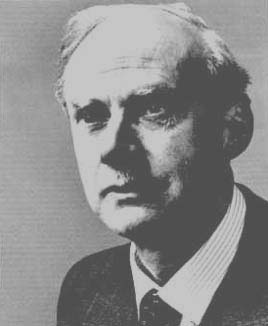
Nobel laureate Paul Dirac was an important contributor to modern quantum theory in physics. By including relativistic considerations in the wave theory of electrons, Dirac predicted the magnetic properties of electrons and accounted for the electronís spin. |
James Bjorken of Stanford University and Curtis Callan of Princeton University have been awarded the 2004 Dirac Medal for their work on the theory of the strong interaction. The award is made every year by the Abdus Salam International Centre for Theoretical Physics in Trieste to recognise scientists who have made outstanding contributions to theoretical physics and mathematics.

The Dirac Medal of the International Center for Theoretical Physics (ICTP) |
Callan, together with the late Kurt Symanzik, reinvented the so-called perturbative renormalization group. Renormalization is a mathematical procedure that removes infinities from certain equations in the Standard Model of particle physics. Callan applied these methods to deep inelastic scattering and made significant contributions to the foundations of quantum chromodynamics (QCD), the theory of the strong force. In more recent years, he has worked on string theory, quantum gravity and the theory of magnetic monopoles.
The medal is awarded each year on Paul Dirac's birthday - August 8 - and is worth $5000.